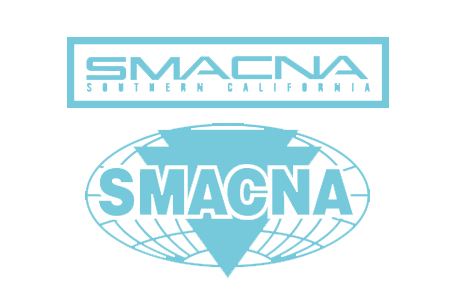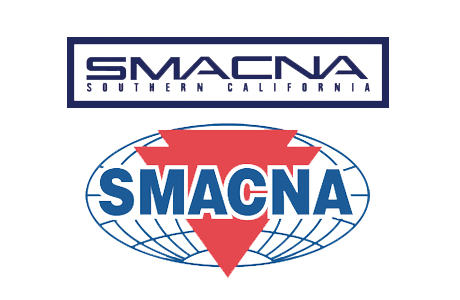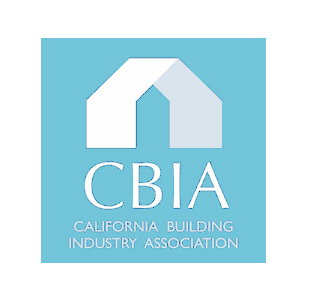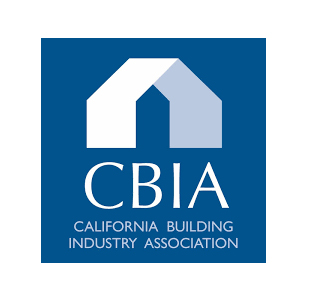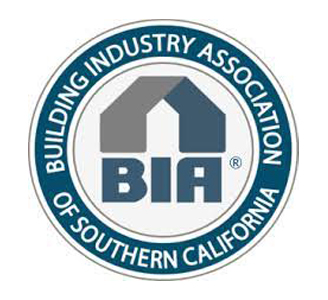It seems that with every new year, a new set of regulations and requirements affecting the construction industry takes effect. For 2010, it is the United States Environmental Protection Agency’s (“EPA”) turn. Effective April 22, 2010, the EPA will require certain training, certification and work practice standards as part of their Lead-Based Paint Renovation, Repair and Painting Program (“RRP Program”).
Aimed at protecting against the hazards associated with lead-based paint, the RRP Program sets basic work practice standards for remodeling, repair, and maintenance work that disturbs painted surfaces in residential structures built prior to 1978 and all child-occupied facilities. Though the RRP Program applies to all contractors, i.e. generals, electricians, plumbers, painters, carpenters, etc., there are specific exclusions. Not subject to the RRP Program is work involving residential structures built in 1978 or later, studio apartments and other zero-bedroom dwellings, and housing declared lead-free by a certified inspector, as well as minor repair and maintenance work that disturbs six square feet of paint or less per interior room or 20 square feet or less on the exterior of a house or building.
The RRP Program’s lead-safe work practice requirements are numerous and range from pre-work notice and owner-education to post-work cleaning and record keeping. Under the new RRP rules, employers must assign a minimum of one “certified renovator” to each job where a painted surface will be disturbed. To become a certified renovator, an individual must successfully complete an eight-hour training course offered by an accredited training provider. In addition, all other non-certified employees performing work that will disturb a painted surface must have received certain training by the certified renovator. For a firm to become certified, it must complete and submit an application directly to the EPA and pay a fee. Fees range from $300.00 for basic renovation certification to more than $500.00 for firms that will perform more intensive lead-based paint activities such as abatement, inspection and risk assessment. To maintain certification, firms and renovators must re-certify every five years, a process which includes another application and another fee.
The EPA will use a number of methods in determining RRP Program compliance, including inspecting project sites, reviewing project records, and responding to and investigating citizen tips and complaints. Penalties for violations of the RRP Program will depend on many factors, including the number of violations, and the length and severity of each. At the maximum, penalties can be assessed up to $32,500.00 per violation, per day.
RRP Program Certification classes must be administered by an accredited EPA Training Provider. The Building Industrial Association of Southern California is sponsoring a number of scheduled RRP Certification classes . . . (https://biaoc.com/events/upcoming-events). More information on the EPA’s RRP Program, including other EPA Accredited RRP Training Providers, can be found on the EPA’s website (http://www.epa.gov/lead).
Update from ASA National – EPA Delays Enforcement of Lead Disturbance Rules and Training Requirements
The U.S. Environmental Protection Agency delayed enforcement of its new Renovation, Repair and Painting certification requirements for firms until Oct. 1, 2010, and allowed individuals until Dec. 31, 2010, to complete RRP training. Originally, contractors that perform renovations in child-occupied homes, schools, or other target facilities built before 1978 had to obtain certification from the agency by April 22, 2010. Under the guidance, renovation workers must enroll in RRP training by Sept. 30, 2010.
This article was provided by Crawford & Bangs, LLP (https://builderslaw.com) and is intended to provide the reader with general information regarding current legal issues. It is not to be construed as specific legal advice or as a substitute for the need to seek competent legal advice on specific legal matters.





